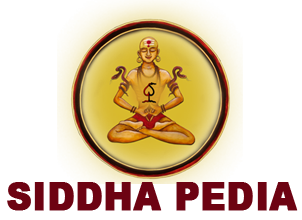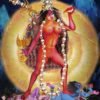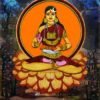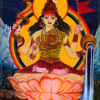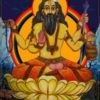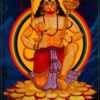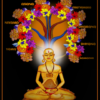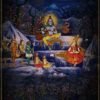Vajra Yogini
Vajra Yogini (Sanskrit: Vajrayoginī, Devanagari:वज्र योगिनी)is the tantric goddess of the Siddhas. The original but often hidden name of Vajra Yogini is Vajrika. In her Mandala and Loka, she is without her male counterpart but her male consort is Maha Vajra who is invisible in her Mandala. Although by nature she resembles a Dakini, but because of
